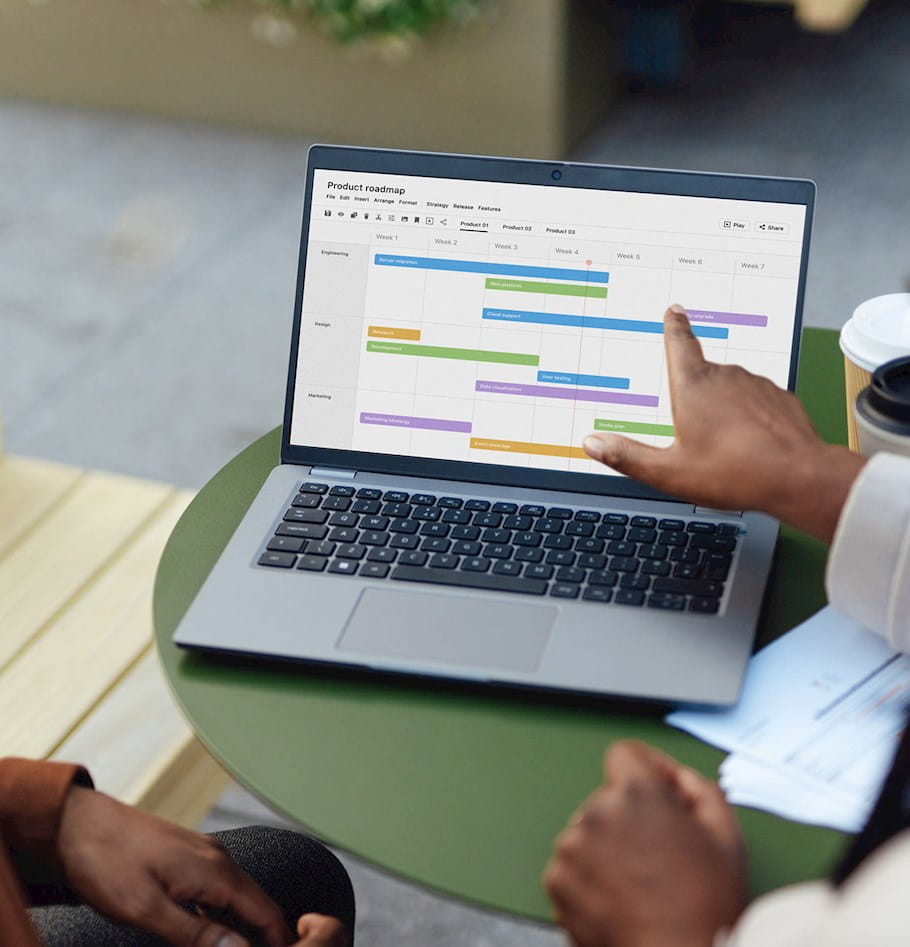AMI network options: Identifying the right path for your water utility
As utilities continue to explore and deploy AMI, there is mounting pressure to use existing telecommunications networks, preventing redundant networks from being constructed across the same geography. Water utilities today have a myriad of options – privately owned, shared, cellular, LoRa, and leased. Network design has important ramifications on AMI costs, the likelihood of obtaining funding, future workforce requirements, and overall system performance. Furthermore, many of these telecommunication decisions are not easily reversed, and therefore will have long-standing impacts on the utility.
As modern utilities evaluate AMI solutions – do water utilities have to follow the traditional model of building out their own networks,or are there opportunities to leverage existing telecommunications networks?
AMI Network Design and Ownership
In order to evaluate the feasibility of full AMI deployment and the impacted operational, customer, and societal benefits, utilities must consider a broad scope of vendor technologies, network design, and ownership options. Water utilities today have a myriad of options, including:
-
Private Fixed Network – Install semi-permanent data collectors throughout the utility’s service territory; depending on the AMI solution, collectors typically cover one to several square miles. The utility would own and operate the network.
-
Shared Network – Leverage a local utility’s existing AMI network. The host utility would own and operate the network, while the joining utility would pay a one-time setup fee and an ongoing fee per meter, per month.
-
Cellular Network – Leverage an existing cellular provider to relay data. The cellular provider would own and operate the network, while the utility would pay an ongoing fee per meter, per month.
-
Long Range (LoRa) Wide Area Network – Install a privately-owned network using low power, long range open-source technology developed to enable narrowband internet of things (IoT) solutions. The utility would typically own and operate this network, though there are some commercially available networks. LoRa is increasingly viewed as an enabler of smart cities initiatives.
-
Leased Network – Lease an AMI network from a preferred vendor, who is responsible for all network monitoring and maintenance. The utility would pay a one-time setup fee and an ongoing fee per meter, per month.
What is your utility doing to evaluate the impacts of evolving technology in the AMI space?

